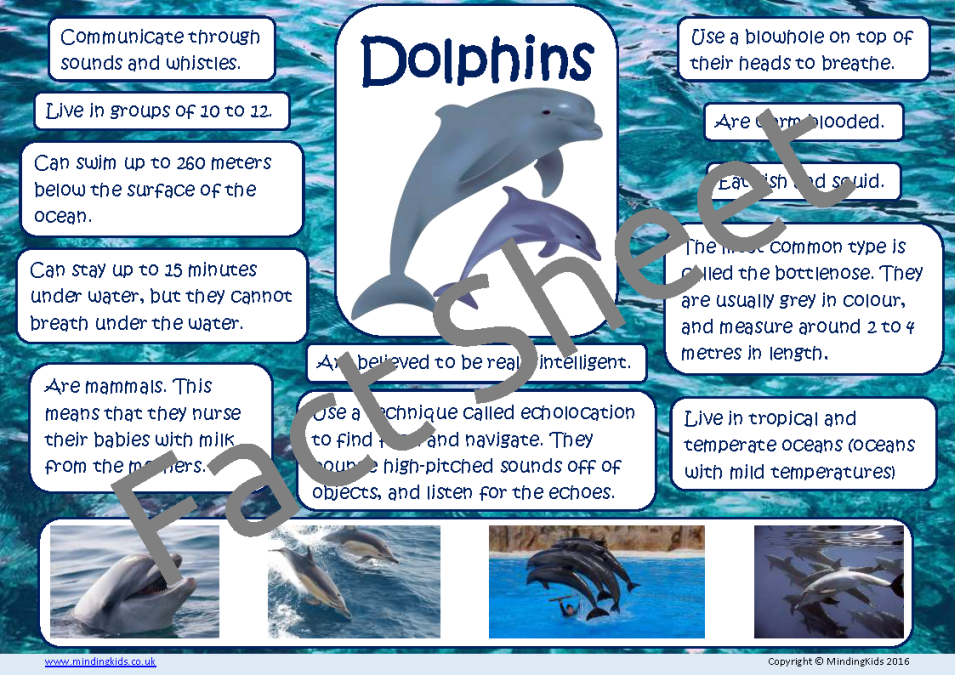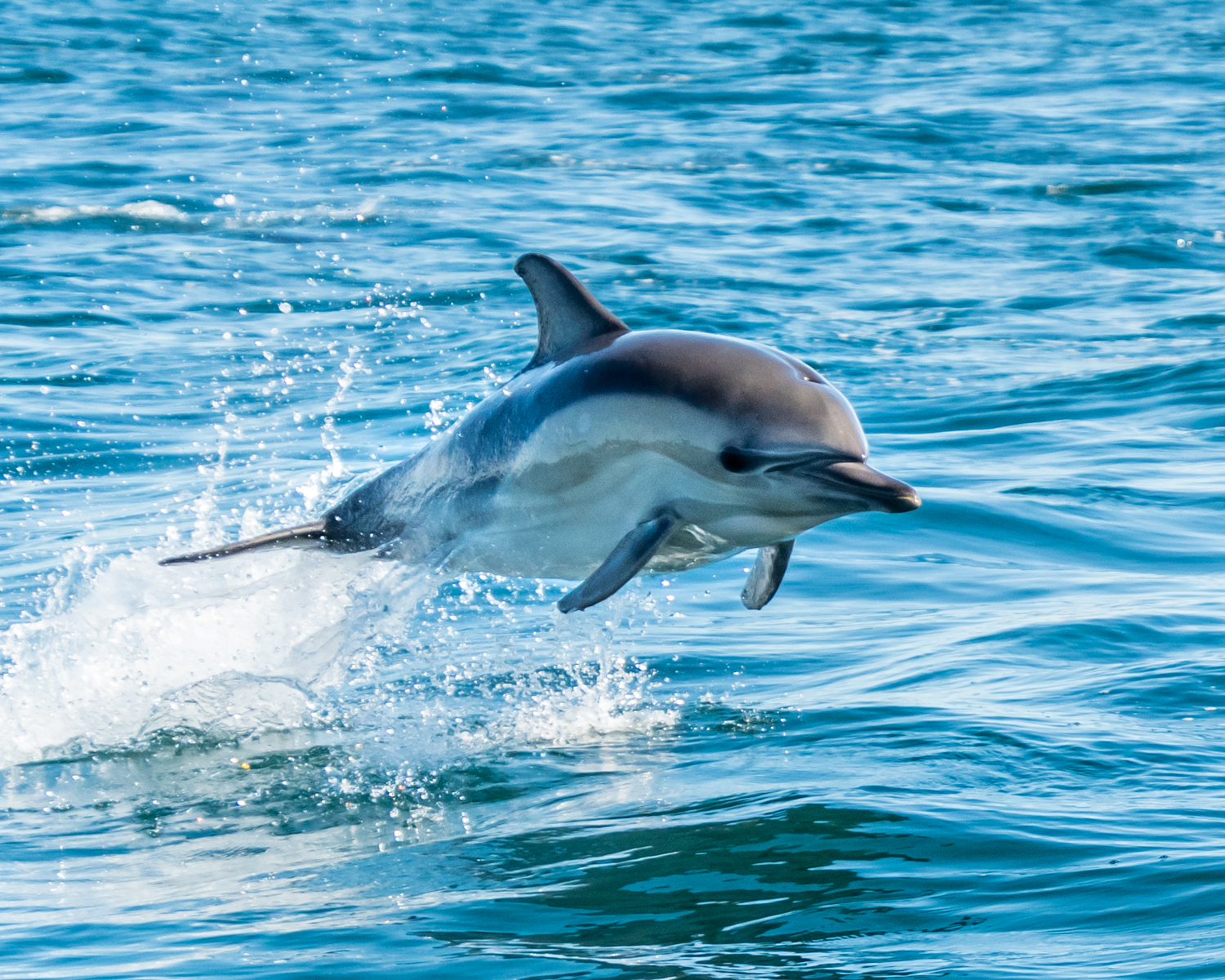Understand Just How Dolphin Facts Shed Light on Marine Ecosystems
Understand Just How Dolphin Facts Shed Light on Marine Ecosystems
Blog Article
Unveiling Dolphin Information: Nature's Intelligent Marine Mammals
Dolphins, usually related to as one of the ocean's most intelligent occupants, display a fascinating range of actions and social structures that require closer examination. With over 40 distinctive types, these aquatic creatures not just demonstrate remarkable communication skills and complicated social communications but also possess innovative cognitive capabilities that challenge our understanding of non-human intelligence.
Dolphin Variety Diversity
Dolphins are a varied group of marine mammals belonging to the family Delphinidae, which encompasses over 40 distinct varieties. This household includes well-known types such as the typical bottlenose dolphin (Tursiops truncatus), the orca or killer whale (Orcinus orca), and the risso's dolphin (Grampus griseus) Each types shows one-of-a-kind physical features, actions, and adjustments that allow them to grow in different aquatic settings.
Dolphin species differ considerably in size, varying from the small Maui's dolphin (Cephalorhynchus hectori) at approximately 1.2 meters to the whale, which can reach lengths of up to 9 meters. Their pigmentation additionally varies, with some varieties displaying striking patterns that aid with camouflage or social signaling. Furthermore, dolphins populate diverse environments, from coastal regions and tidewaters to the open ocean, showcasing their adaptability.
Research study into dolphin species diversity highlights the environmental significance of these mammals, as they play important functions in aquatic ecosystems. Understanding the numerous varieties is important for preservation efforts, as many deal with risks from environment environment, loss, and air pollution modification, requiring targeted defense actions to guarantee their survival.
Social Frameworks and Habits
The intricacy of dolphin types is mirrored in their intricate social structures and habits. Dolphins are known for their extremely social nature, commonly forming groups called sheaths, which can vary from a few individuals to over a hundred. These husks are normally made up of relative, showcasing a matrilineal structure where ladies play a main role in keeping social bonds and nurturing children.

Furthermore, some varieties of dolphins, such as whales, show complex social habits that can include sub-pods or clans with distinctive cultural techniques. These social structures are important for the survival and well-being of dolphin populaces, as they help with communication, participation, and the transmission of understanding throughout generations. Recognizing these social dynamics is crucial for conservation initiatives and the defense of their natural environments.
Communication Methods
Amongst the various techniques of communication, dolphins make use of an innovative selection of communication strategies that help with social communication and sychronisation within their coverings. These strategies incorporate articulations, body movement, and echolocation, each offering unique functions in their social communications.
Dolphins create a wide variety of clicks, whistles, and pulsed noises, which serve as their primary singing communication. Each dolphin has an unique signature whistle, comparable to a name, that enables individuals to determine each other even in huge teams. These vocalizations can convey various messages, such as informing others to risk or coordinating group movements throughout hunting.
In addition to vocalizations, body movement plays a critical role in dolphin interaction. Dolphin postures, such as leaping, rotating, or even refined shifts in alignment, convey emotions and intentions. As an example, aggressive screens may deter rivals, visit this site right here while spirited behaviors can boost social bonds.
Echolocation, an organic sonar system, additional aids in navigating and searching. By sending out acoustic waves and analyzing the returning echoes, dolphins can situate target and obstacles successfully, showing their exceptional adaptability in complex aquatic atmospheres. Jointly, these interaction techniques emphasize the elaborate social lives of dolphins, highlighting their knowledge in browsing their underwater world.

Knowledge and Issue Addressing
Identified for their advanced communication skills, dolphins likewise exhibit impressive knowledge and analytical capabilities that even more improve their social communications. Their cognitive capabilities are evidenced by their capability to discover complicated tasks, recognize abstract ideas, and adapt to various environmental difficulties. Research study has actually shown that dolphins can fix complex challenges, demonstrating not only their cognitive flexibility yet additionally their capability for preparation and insight.
Dolphins commonly take part in cooperative hunting strategies, showcasing their capacity to work as a natural system. This teamwork requires innovative analytical abilities, as they have to assess their environment, determine potential target, and coordinate their actions to attain an usual goal. Furthermore, dolphins have actually been observed using devices, such as aquatic sponges, to safeguard their snouts while foraging on the my blog ocean flooring, more exhibiting their ingenious analytic capacities.

Human-Dolphin Interactions
Human-dolphin communications have captivated researchers and enthusiasts alike, highlighting the facility partnership between these intelligent marine creatures and human beings. From ancient times, dolphins have been portrayed in art and folklore, symbolizing consistency and knowledge (Dolphin Facts). Modern communications range from scientific research and preservation efforts to recreational tasks like dolphin swimming and viewing with dolphins
Study has shown that dolphins have progressed social structures and interaction skills, which facilitate their interactions with people. These encounters usually promote emotional links, with many people reporting sensations of Continued delight and compassion during such experiences. Nonetheless, it is necessary to come close to these communications with care, as human tasks can interfere with dolphin habits and environments.
Preservation efforts significantly focus on advertising responsible communications, making certain that human excitement does not jeopardize dolphin welfare. Education programs aim to elevate awareness about the environmental value of dolphins, stressing the need for sustainable practices.
Verdict
In summary, dolphins exhibit impressive knowledge and flexibility within diverse aquatic environments. Their elaborate social structures, progressed interaction methods, and problem-solving abilities underscore the intricacy of their habits. Human interactions with these marine animals highlight the value of accountable conservation efforts to ensure their survival and the defense of their environments. Proceeded research study and recognition are crucial for fostering a deeper understanding of dolphins and advertising their welfare in an increasingly intimidated ecological community.
Dolphin species vary substantially in size, ranging from the tiny Maui's dolphin (Cephalorhynchus hectori) at about 1.2 meters to the orca, which can reach sizes of up to 9 meters. Dolphins display a selection of social communications, consisting of brushing and physical contact, which serve to enhance relationships and establish pecking orders.
Identified for their innovative interaction skills, dolphins also display impressive knowledge and analytic capacities that additionally enhance their social communications. Modern communications vary from clinical research study and preservation initiatives to entertainment tasks like dolphin watching and swimming with dolphins.
Research has shown that dolphins have progressed social structures and communication abilities, which promote their interactions with people.
Report this page